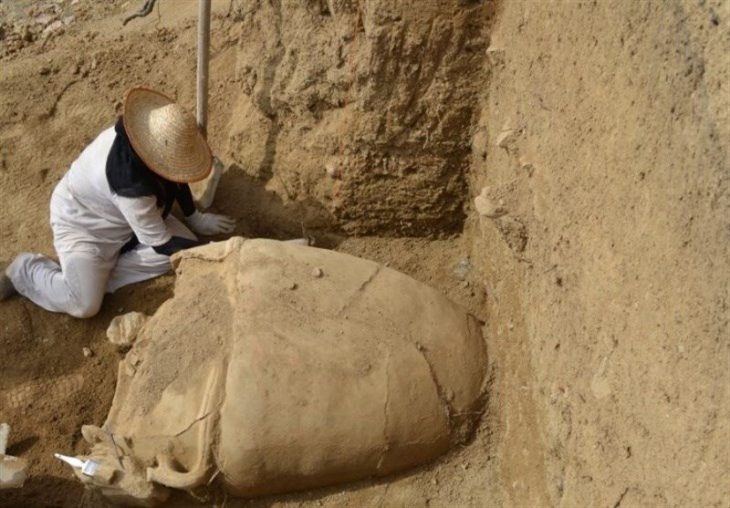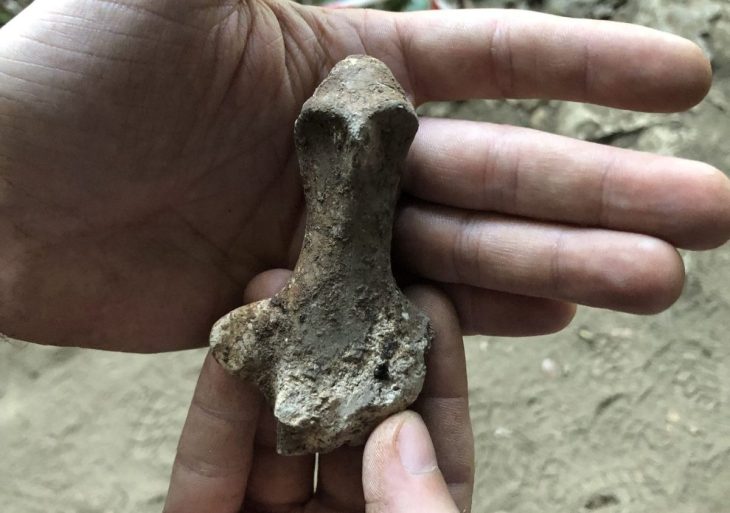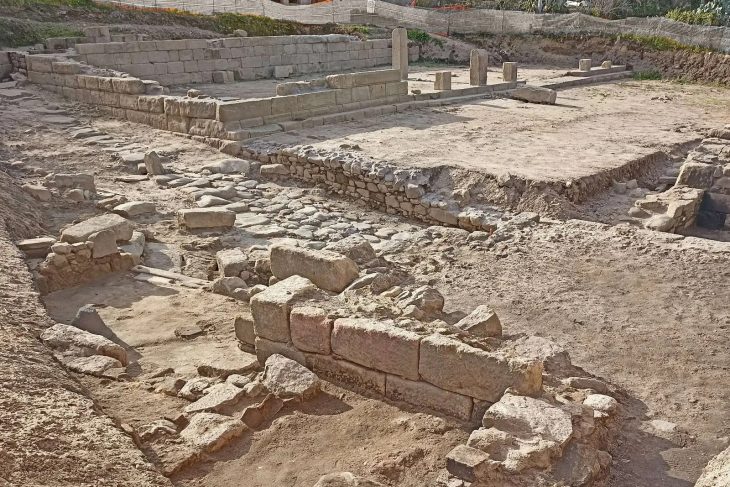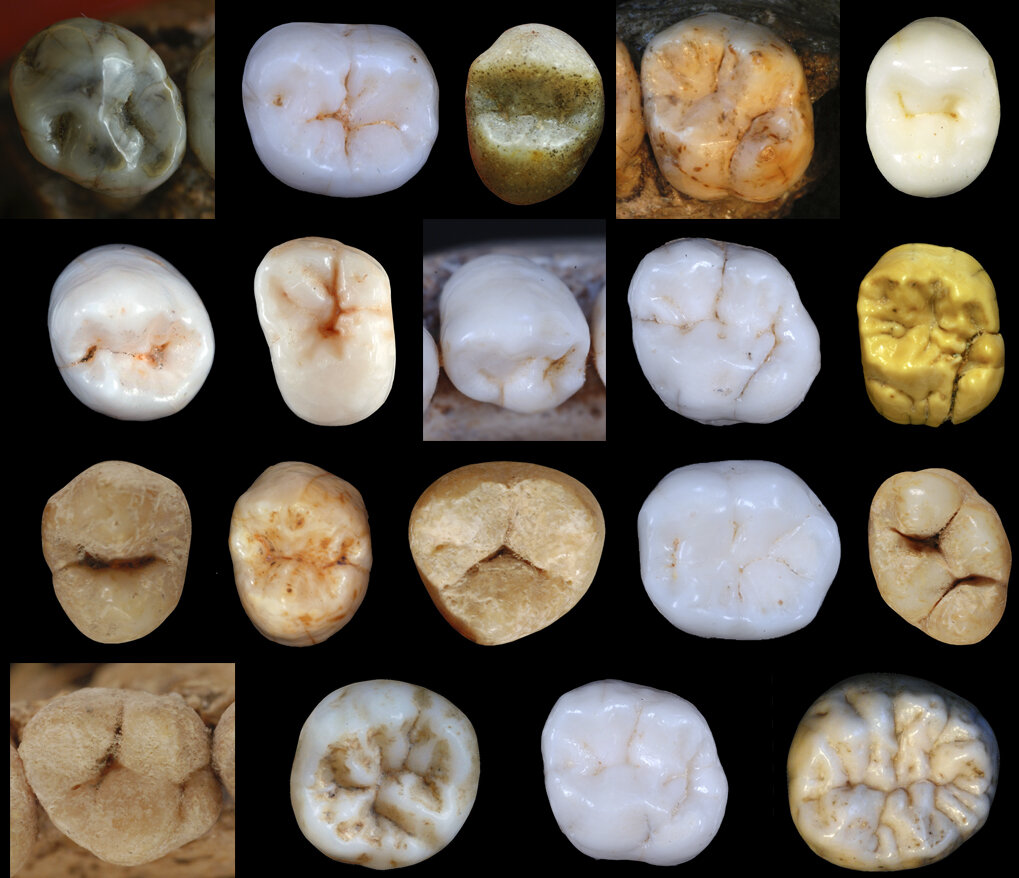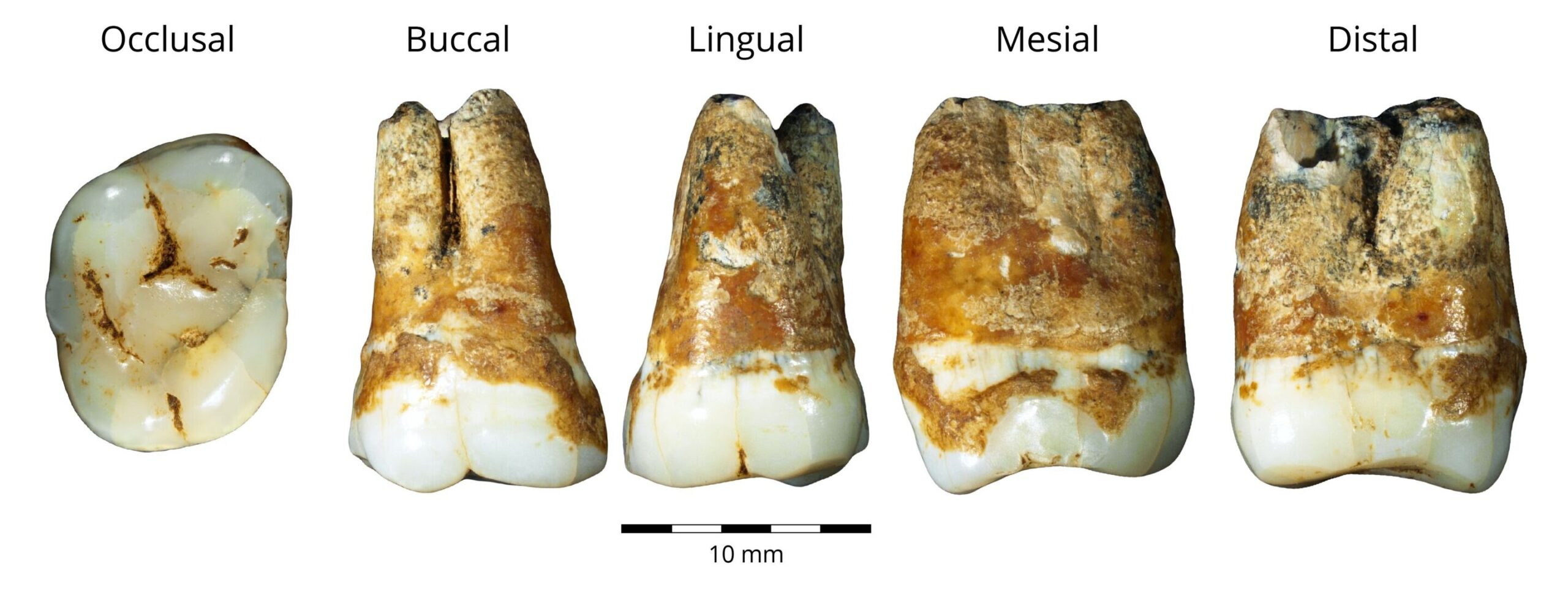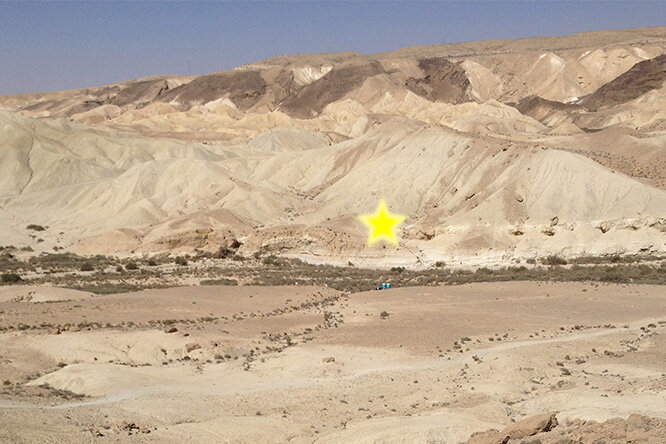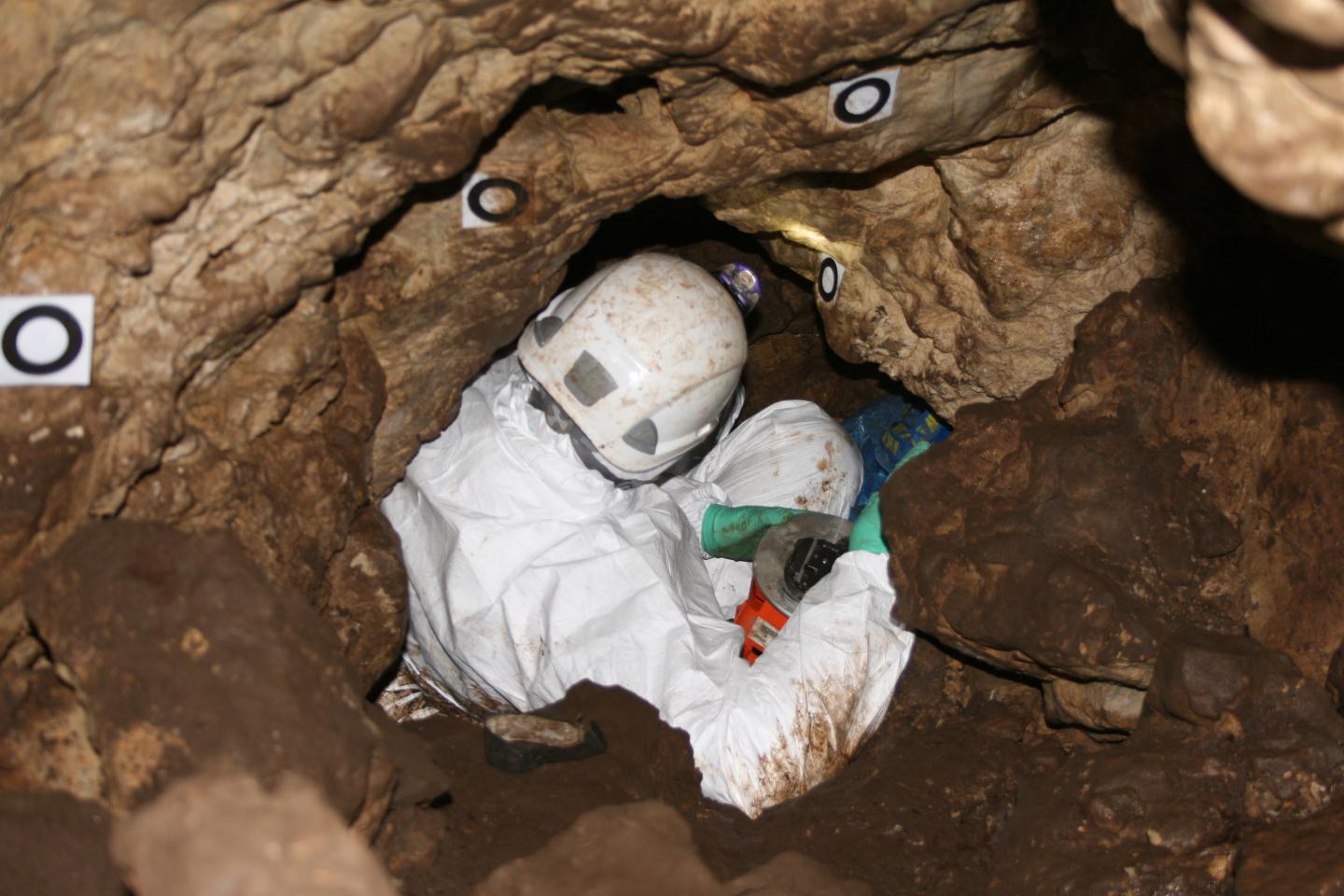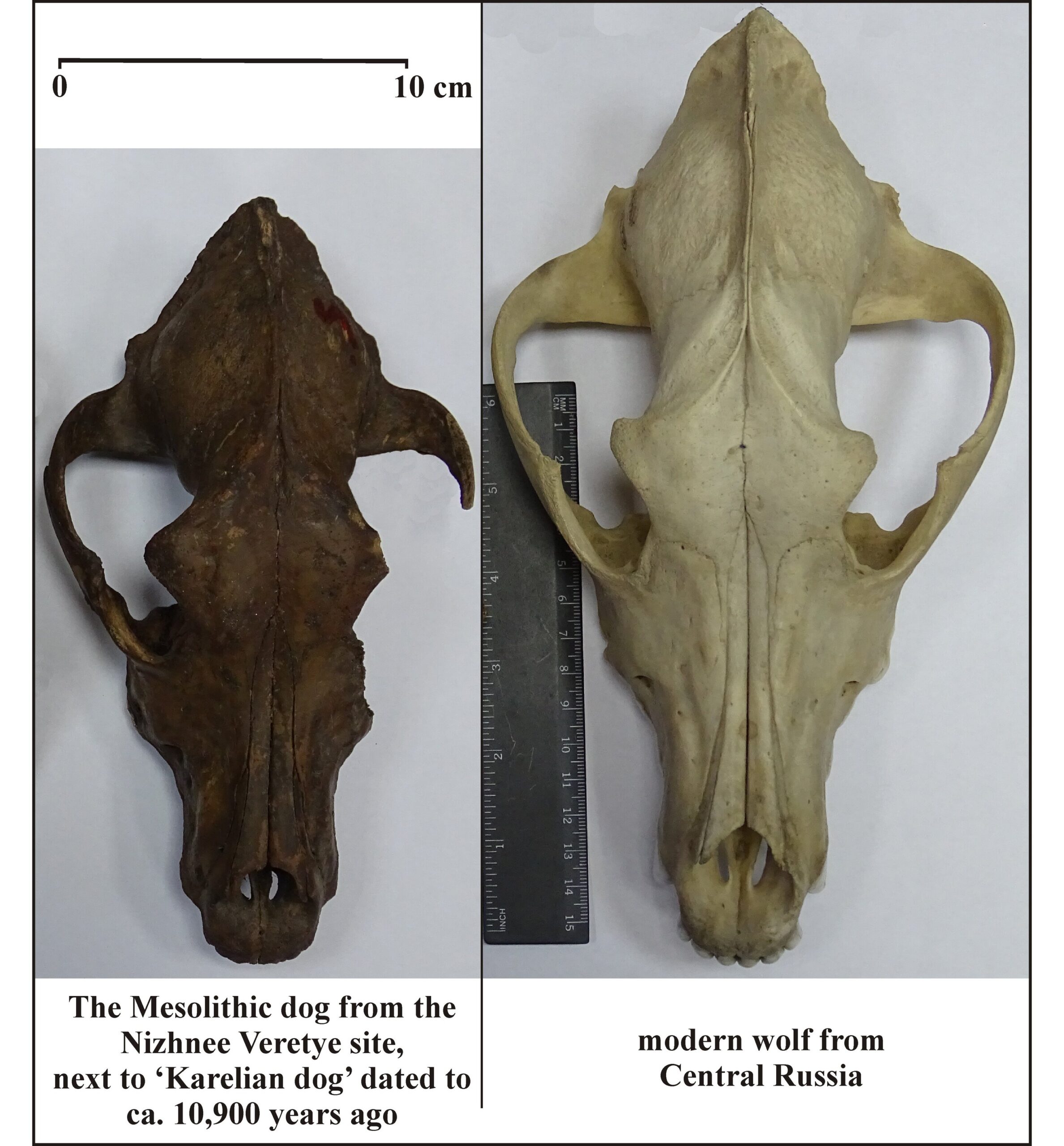Oil Drilling Reveals Ancient Urn Cemetery in Ahvaz, Iran
In a serendipitous twist of fate amidst an oil drilling venture along the banks of the Karun River in Ahvaz, the capital city of Iran’s Khuzestan province, lies an extraordinary archaeological revelation—a vast ancient cemetery adorned with urn-like tombs. Unveiled unintentionally during the course of the drilling project, this necropolis offers a tantalizing glimpse into … Read more
